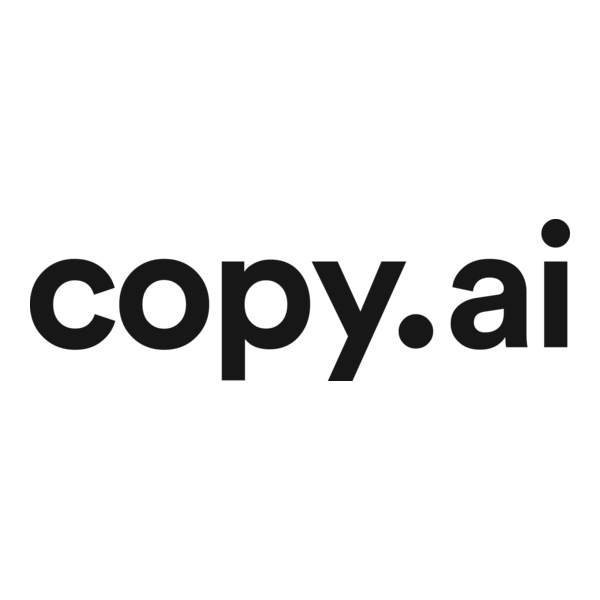
Copy.ai Translation: Complete Buyer's Guide
Generative AI solution for automating multilingual content creation
Copy.ai Translation positions itself as a generative AI solution for automating multilingual content creation, supporting over 25 languages including Chinese, Spanish, and French[45][50]. The platform targets SMBs through an unlimited-word pricing model that contrasts with per-word competitors like Lokalise[50][58].
Market Position & Maturity
Market Standing
Copy.ai Translation occupies the mid-market segment between free tools like Google Translate and premium enterprise solutions[57][58].
Company Maturity
Company maturity indicators show Copy.ai positioning itself as an SMB-focused solution with straightforward deployment requirements[58].
Growth Trajectory
Growth trajectory evidence suggests steady adoption among SMBs seeking cost-effective automation, though the platform faces competitive pressure from both enterprise solutions offering higher accuracy and free tools providing basic functionality[57][58].
Strategic Partnerships
Strategic partnerships and ecosystem positioning focus on ecommerce platform integrations, with API compatibility for major platforms like Shopify and WooCommerce[47].
Proof of Capabilities
Customer Evidence
Customer validation demonstrates measurable business impact across multiple implementation scenarios. A digital marketing agency achieved 90% automation of social translations, freeing 300+ hours monthly for strategic work[43].
Quantified Outcomes
Quantified performance outcomes include 80% reduction in manual translation time for social media captions[43] and 20 hours weekly savings for content management workflows[58].
Market Validation
Market validation comes through documented success with product descriptions and marketing copy, where speed and volume matter more than cultural nuance[58].
Competitive Wins
Competitive wins emerge in scenarios where cost control and speed outweigh maximum accuracy requirements. The platform's unlimited-word pricing model provides advantages over per-word competitors for high-volume users[50][58].
Reference Customers
Reference implementations include ecommerce businesses using the platform for product catalog translation and marketing agencies automating social media content across multiple languages[43][47].
AI Technology
Copy.ai Translation's core AI functionality centers on generative translation capabilities with claimed processing speeds of 200 words per second[45].
Architecture
The platform's architecture focuses on speed and scalability rather than maximum accuracy, positioning it as a pure AI solution suitable for organizations comfortable with post-editing workflows[58].
Primary Competitors
Primary competitors include Language I/O with 150+ language coverage for enterprises[58], Unbabel with "human-in-the-loop" hybrid models[57], and Lokalise with per-word pricing and extensive translation management features[50][58].
Competitive Advantages
Competitive advantages center on the unlimited-word pricing model and ease of implementation compared to enterprise-focused alternatives[50][58]. The platform's brand voice consistency features through "Infobase" training provide advantages over generic machine translation tools[46][50].
Market Positioning
Market positioning shows Copy.ai occupying the mid-market segment between free tools like Google Translate and premium enterprise solutions[57][58].
Win/Loss Scenarios
Win/loss scenarios favor Copy.ai for organizations prioritizing cost control and speed over maximum accuracy. Businesses comfortable with post-editing workflows and having clear use case boundaries benefit most from the platform's capabilities.
Key Features

Pros & Cons
Use Cases
Integrations
Pricing
Featured In Articles
Comprehensive analysis of Chat Translation for Ecommerce for Ecommerce businesses and online retailers. Expert evaluation of features, pricing, and implementation.
How We Researched This Guide
About This Guide: This comprehensive analysis is based on extensive competitive intelligence and real-world implementation data from leading AI vendors. StayModern updates this guide quarterly to reflect market developments and vendor performance changes.
58+ verified sources per analysis including official documentation, customer reviews, analyst reports, and industry publications.
- • Vendor documentation & whitepapers
- • Customer testimonials & case studies
- • Third-party analyst assessments
- • Industry benchmarking reports
Standardized assessment framework across 8 key dimensions for objective comparison.
- • Technology capabilities & architecture
- • Market position & customer evidence
- • Implementation experience & support
- • Pricing value & competitive position
Research is refreshed every 90 days to capture market changes and new vendor capabilities.
- • New product releases & features
- • Market positioning changes
- • Customer feedback integration
- • Competitive landscape shifts
Every claim is source-linked with direct citations to original materials for verification.
- • Clickable citation links
- • Original source attribution
- • Date stamps for currency
- • Quality score validation
Analysis follows systematic research protocols with consistent evaluation frameworks.
- • Standardized assessment criteria
- • Multi-source verification process
- • Consistent evaluation methodology
- • Quality assurance protocols
Buyer-focused analysis with transparent methodology and factual accuracy commitment.
- • Objective comparative analysis
- • Transparent research methodology
- • Factual accuracy commitment
- • Continuous quality improvement
Quality Commitment: If you find any inaccuracies in our analysis on this page, please contact us at research@staymodern.ai. We're committed to maintaining the highest standards of research integrity and will investigate and correct any issues promptly.